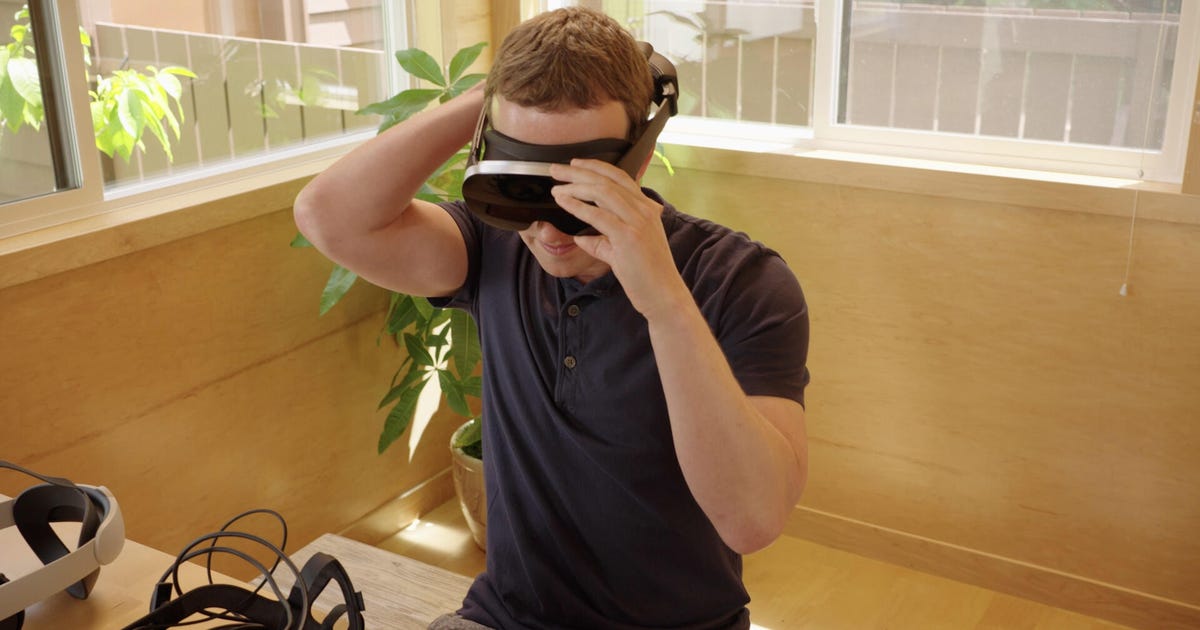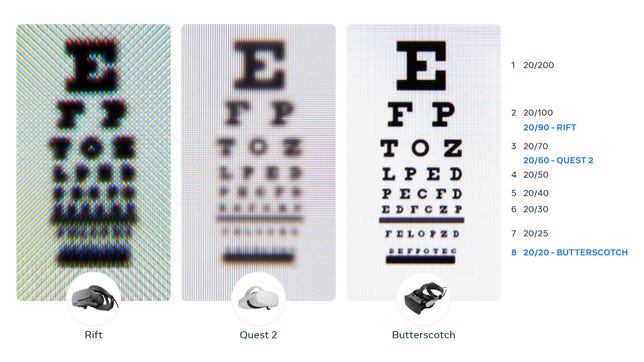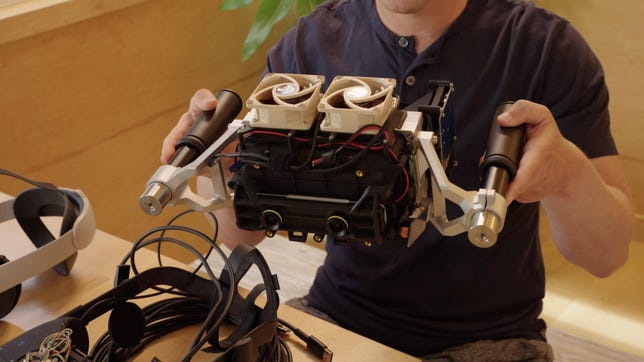
The evolution of Apple gadgets
The evolution of Apple gadgets
First released in June 2007, the original iPhone revolutionized technology. But it wasn't Apple's first major gadget. Here's a visual trip through Apple's many gadget hits and misses.
Newton MessagePad
Let's start with Apple's inaugural mobile device, the Newton MessagePad, first developed in 1993.
The personal digital assistant was the first hardware to feature handwriting recognition, but the ahead-of-its-time innovation was discontinued in 1998.
iPod Classic
Introduced in 2001, the first-generation iPod revolutionized music consumption. The hardware included a black-and-white LCD screen and a 5GB hard drive that could store up to 1,000 songs.
iPod U2 Special Edition
Not every iPod was a hit, though.
Introduced in 2004, the U2 special edition black iPod came equipped with an eye-friendly red click wheel... and a price tag $50 higher than the original model.
Sales were so poor that the flop is now a collector's item fetching tens of thousands of dollars.
iPod Photo
Unveiled in 2004 -- along with the U2 Special Edition iPod -- the iPod Photo is an upgraded version of the fourth-generation device. This iPod supported several photo types and it could be attached to a TV.
iPod Mini
Released in February 2004, the iPod Mini featured the same touch-sensitive scroll that the third-generation iPod had. The difference in the device -- other than being smaller -- was the click wheel.
The iPod Mini was discontinued in 2005.
iPod Shuffle
The smallest iPod model, and the first Apple device to use flash memory, was released in January 2005. The shuffle played random songs that were previously loaded by the user.
iPod Video
Coming off the iPod Photo, Apple introduced the fifth-generation iPod a year later. This upgraded version was the first Apple digital audio device that could play video. This is also the last iPod model to use a glass face.
iPod Nano
In 2005, Apple decided to replace the iPod Mini with the Nano. The tiny device, equipped with a color screen, stored music with flash memory. The first-generation Nano had a battery life of up to 14 hours.
First-generation iPhone
After years of rumors, Apple finally announced their first smartphone in January 2007. As Steve Jobs put it at the unveiling of the smartphone in 2007, the iPhone is a combination of a "widescreen iPod with touch controls", a "revolutionary mobile phone" and a "breakthrough internet communicator."
Time magazine named it the Invention of the Year.
iPod Touch
Released the same year as the first-gen iPhone, the iPod Touch is similar to the smartphone except it's lighter, cheaper and doesn't use a cellular network.
3rd-generation iPod Nano
With a design that mirrored the iPod Classic, the third-generation Nano was the first model of the device to allow video playback. The iPod Nano came in multiple colors and two storage sizes, 4 and 8GB.
Apple TV
Unveiled as "iTV" in 2006, the first-generation Apple TV, a digital media player, needed an iTunes connection to work. The following year, Apple released a major update that turned it into a standalone device.
iPhone 3G
In July 2008, Apple's second-gen iPhone 3G was released with a multitude of upgraded features. The improved hardware included a sleek and sturdy design, an improved battery and a rear camera.
iPad
Nearly two decades after releasing the Newton MessagePad, Apple re-entered the tablet game with the iPad, a 9.7-inch touchscreen display.
After just 80 days on the market, Apple sold 3 million iPads.
iPad Mini
Announced in 2012, the iPad Mini is the fifth product in the Apple's line of tablets. The device's screen is nearly 2 inches smaller than the original iPad.
iPhone 5S
Released in 2013, the iPhone 5S was the first Apple smartphone to incorporate the Touch ID technology that allows a user's fingerprint to unlock the device.
iPhone 5C
The iPhone 5C, made out of a durable hard-coated polycarbonate shell, was the first of Apple's smartphones to be offered in different eye-friendly colors.
iPhone 6 Plus
In September 2014, Apple officially unveiled the iPhone 6 Plus, a smartphone with a huge 5.5-inch display and an upgraded camera.
In the next version, the iPhone 6S Plus, Apple introduced the force-touch feature.
Apple Watch
Introduced as the "next chapter in Apple's story," the Apple Watch was released in four different options: Apple Watch, Apple Watch Sport, Apple Watch Edition and Apple Watch Hermes.
iPad Pro
The first iPad Pro, released in November 2015, is the largest and most powerful Apple tablet on the market. The 12.9-inch device was offered in three different colors: gold, silver and space gray.
In 2016, a 9.7-inch iPad Pro was announced with the addition of the rose-gold color option.
Apple Pencil
The Apple Pencil, released in 2015, is a digital stylus for the iPad Pro. The Bluetooth device can detect force, and it's designed specifically for drawing and other creative activities.
4th-generation Apple TV
In the first major update since 2010, the fourth-generation Apple TV promised to be the future of television. The update included the addition of Siri and a new touch remote that featured swipe-to-select functionality.
AirPods
Released in December 2016, the AirPods' wireless Bluetooth earbuds offer a ton of functionality. The headphones have Siri capability and sync through iCloud, and they support any Bluetooth 4.0 device.
Source





